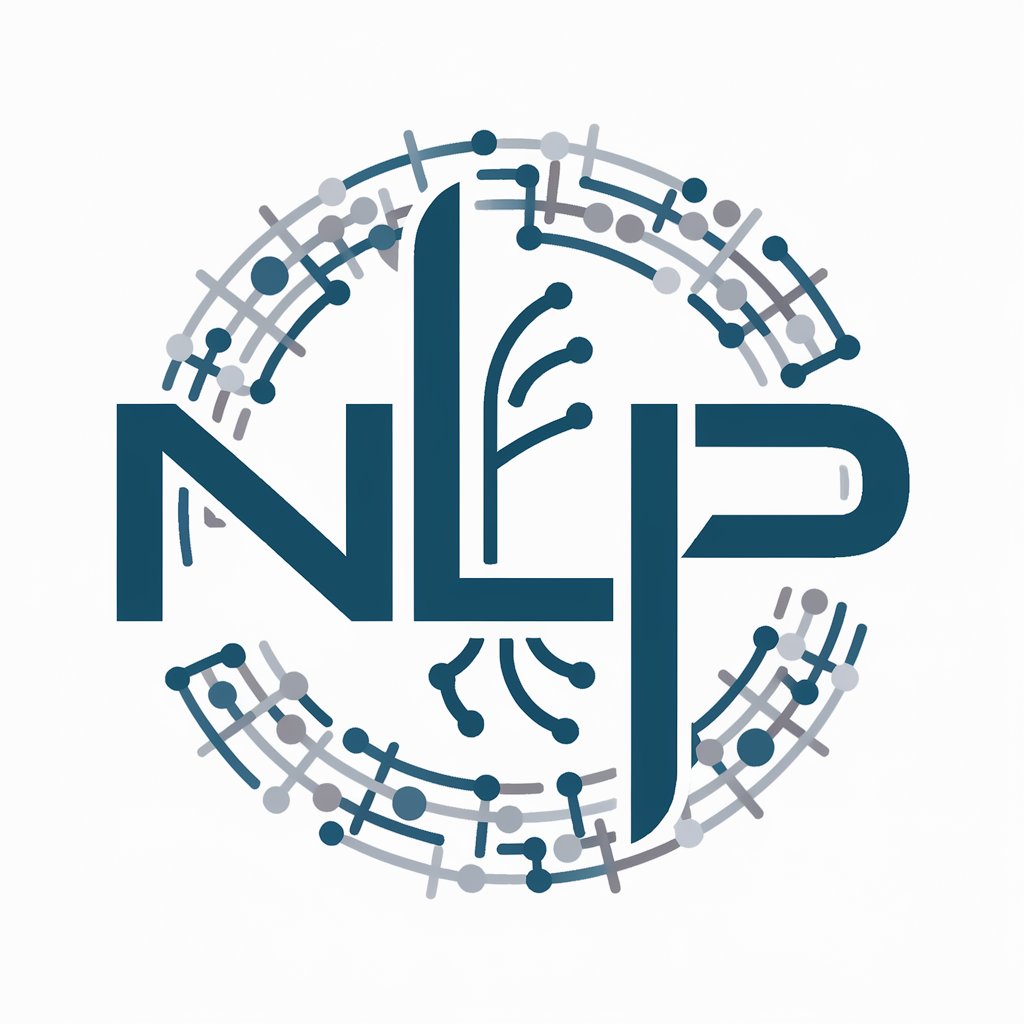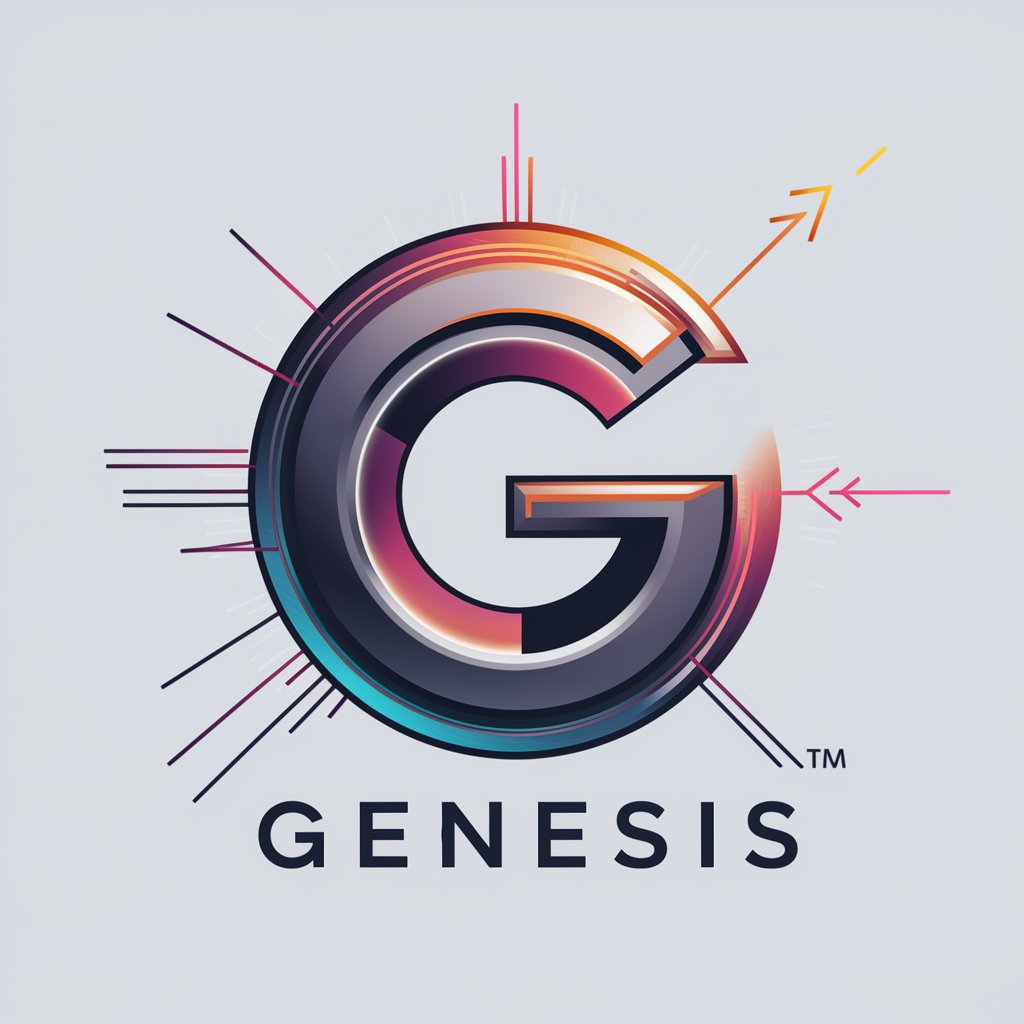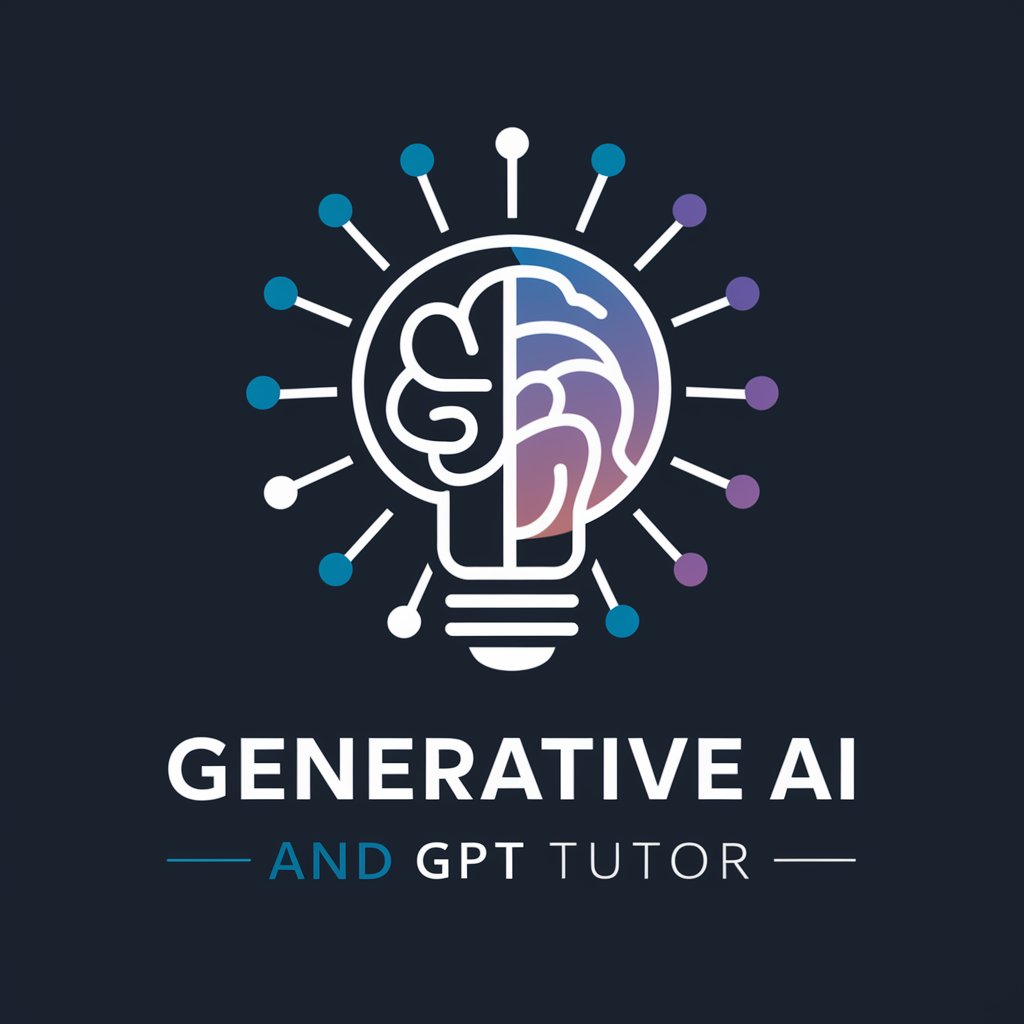
Generative Pretrained Transformer 5 - trial on YesChat.ai, clear and concise queries, engage with responses, versatile applications, and fine-tuning capabilities.
A custom GPT descigned to try and mimic the capabilties of GPT-5
Empowering Language with AI Precision
Get Embed Code
Introduction to Generative Pretrained Transformer 5 (GPT-5)
Generative Pretrained Transformer 5 (GPT-5) is a cutting-edge language model designed for advanced natural language understanding and generation. It builds on the foundation of previous GPT models, focusing on improving text generation accuracy, comprehension of complex queries, and producing coherent, contextually relevant responses. GPT-5 operates by leveraging billions of parameters and a highly sophisticated transformer architecture to analyze input data and generate outputs that mimic human-like reasoning. This enables it to perform a wide range of tasks, from answering questions to generating creative content and assisting with coding. GPT-5 excels in scenarios requiring deep understanding, synthesis of knowledge, and content generation. For example, GPT-5 can analyze technical documents and extract key insights, summarize scientific papers, or even generate detailed creative narratives based on minimal input, providing users with powerful tools for productivity, creativity, and learning. Powered by ChatGPT-4o。

Key Functions of GPT-5
Text Generation and Summarization
Example
Generating a summary of a 10-page research article on climate change.
Scenario
A researcher inputs a lengthy article on climate change data, and GPT-5 provides a concise, coherent summary highlighting the key points, trends, and implications. This saves time for researchers who need to quickly grasp the main insights from large volumes of data.
Creative Writing and Content Creation
Example
Writing a fantasy short story with specific character traits and plot points.
Scenario
A fiction writer provides an outline for a story, including character descriptions and desired plot elements. GPT-5 takes these inputs and crafts a detailed, engaging narrative. The writer can then refine the output, using GPT-5 as a creative partner to overcome writer’s block or to brainstorm new ideas.
Question Answering and Knowledge Retrieval
Example
Answering complex legal queries related to international trade laws.
Scenario
A lawyer inputs a detailed question regarding international trade regulations. GPT-5 processes the legal texts, case law references, and treaties to generate a well-researched, nuanced answer. This function is especially useful for professionals who need to consult large databases of information.
Coding Assistance and Debugging
Example
Generating Python code for a machine learning model to predict house prices.
Scenario
A data scientist inputs the problem description, including the dataset and the target (house prices). GPT-5 generates a working Python script that includes data preprocessing, model selection (e.g., regression), and evaluation metrics. It can also help identify bugs in the code if errors arise during implementation.
Language Translation and Multilingual Support
Example
Translating technical documents from Chinese to English with high accuracy.
Scenario
A business professional needs to translate a complex technical manual written in Chinese into English for international clients. GPT-5 provides accurate and contextually appropriate translations, preserving the technical jargon and meaning, facilitating smoother communication across languages.
Data Analysis and Visualization
Example
Summarizing sales data trends from multiple sources and generating visualizations.
Scenario
A business analyst inputs raw sales data from various regions, and GPT-5 not only summarizes key insights—such as peak sales periods and underperforming regions—but also suggests relevant charts and graphs. This helps executives make data-driven decisions more efficiently.
Ideal User Groups for GPT-5
Researchers and Academics
Researchers in fields like science, engineering, and social sciences can leverage GPT-5 to analyze vast amounts of literature, generate summaries, and even assist with writing papers or grant proposals. GPT-5’s ability to digest complex information and offer nuanced responses helps streamline the research process.
Content Creators and Writers
Content creators such as bloggers, journalists, and fiction writers benefit from GPT-5's ability to assist with drafting articles, brainstorming creative ideas, and generating detailed narratives. It helps alleviate writer’s block and enhances productivity by providing creative inspiration and well-structured content.
Software Developers and Engineers
Developers and engineers can use GPT-5 as a coding assistant to generate code snippets, debug existing scripts, and explore new programming languages or frameworks. Its deep understanding of coding logic and syntax makes it a valuable tool for automating routine tasks or exploring new technical solutions.
Legal Professionals
Lawyers, paralegals, and legal researchers can use GPT-5 for legal research, case analysis, and document drafting. Its ability to process dense legal texts and extract relevant information helps professionals quickly gather case law, summarize lengthy documents, and prepare legal arguments.
Business Analysts and Executives
Business professionals can rely on GPT-5 for generating reports, analyzing market trends, and summarizing financial data. Executives benefit from the ability to get quick insights, automate routine reporting, and identify actionable business intelligence to guide decision-making.
Students and Educators
Students and educators can use GPT-5 for a wide range of educational tasks—from generating study guides, answering complex questions, and tutoring in specific subjects to providing feedback on written assignments. Its ability to adapt to the user's level makes it suitable for personalized learning experiences.

Usage Guidelines for Generative Pretrained Transformer 5
Visit yeschat.ai for a free trial without login, also no need for ChatGPT Plus.
YesChat.ai offers a hassle-free experience for exploring GPT-5's capabilities without the need for a login or ChatGPT Plus subscription.
Select the GPT-5 tool from the available options on the website.
Navigate to the GPT-5 tool from the menu provided on the YesChat.ai website.
Input your query or request in clear and concise language.
Type your query or request in the text input field, providing clear and concise instructions or questions.
Review and refine your input to ensure clarity and specificity.
Before submitting your input, review it to ensure clarity and specificity, which will help GPT-5 provide more accurate and relevant responses.
Interact with the generated responses and refine your queries as needed.
Engage with the responses generated by GPT-5, and refine your queries or requests based on the feedback to further enhance the interaction.
Try other advanced and practical GPTs
web
Unlock Comprehensive Insights with AI

小红书标题生成
Unlock AI-powered title brilliance.

Translate German to English
Empowering seamless German to English translation with AI.
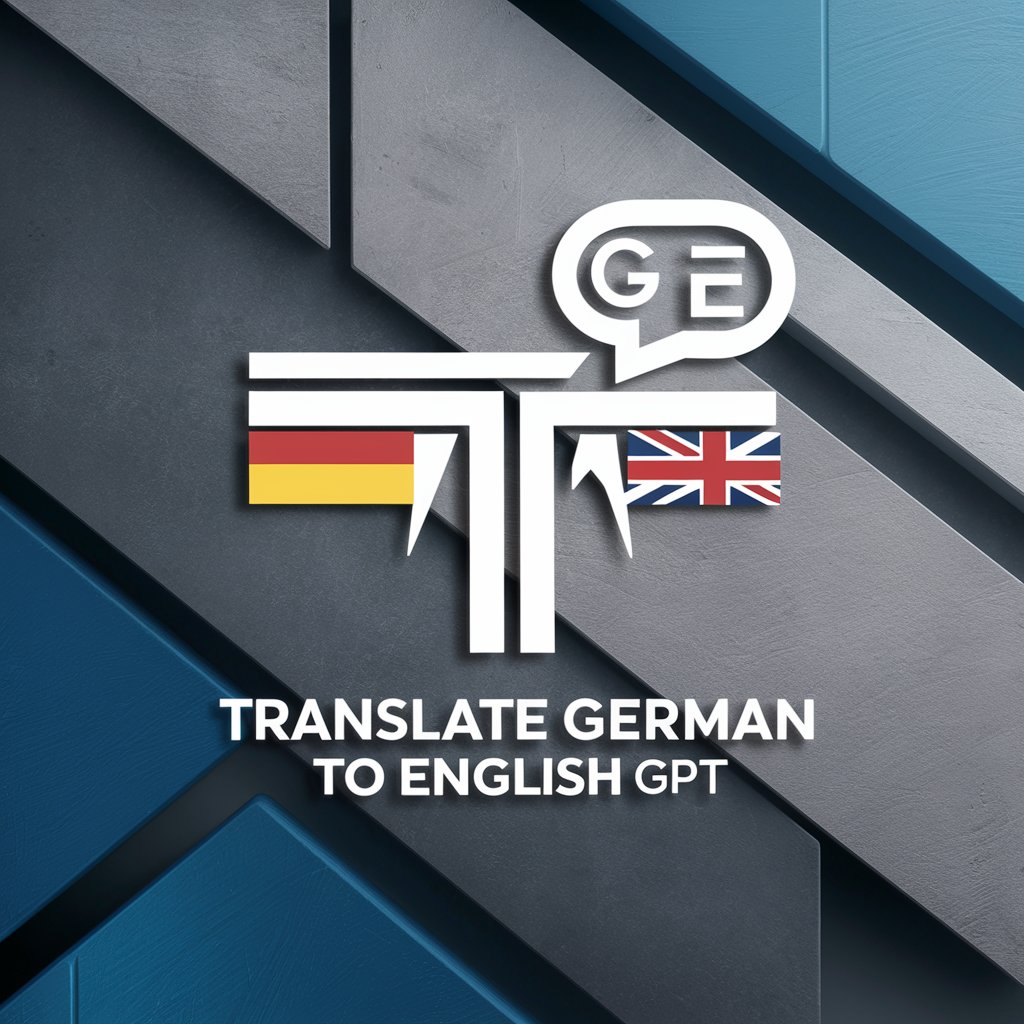
PDF Summary
AI Summarization: Condense Complexity Instantly
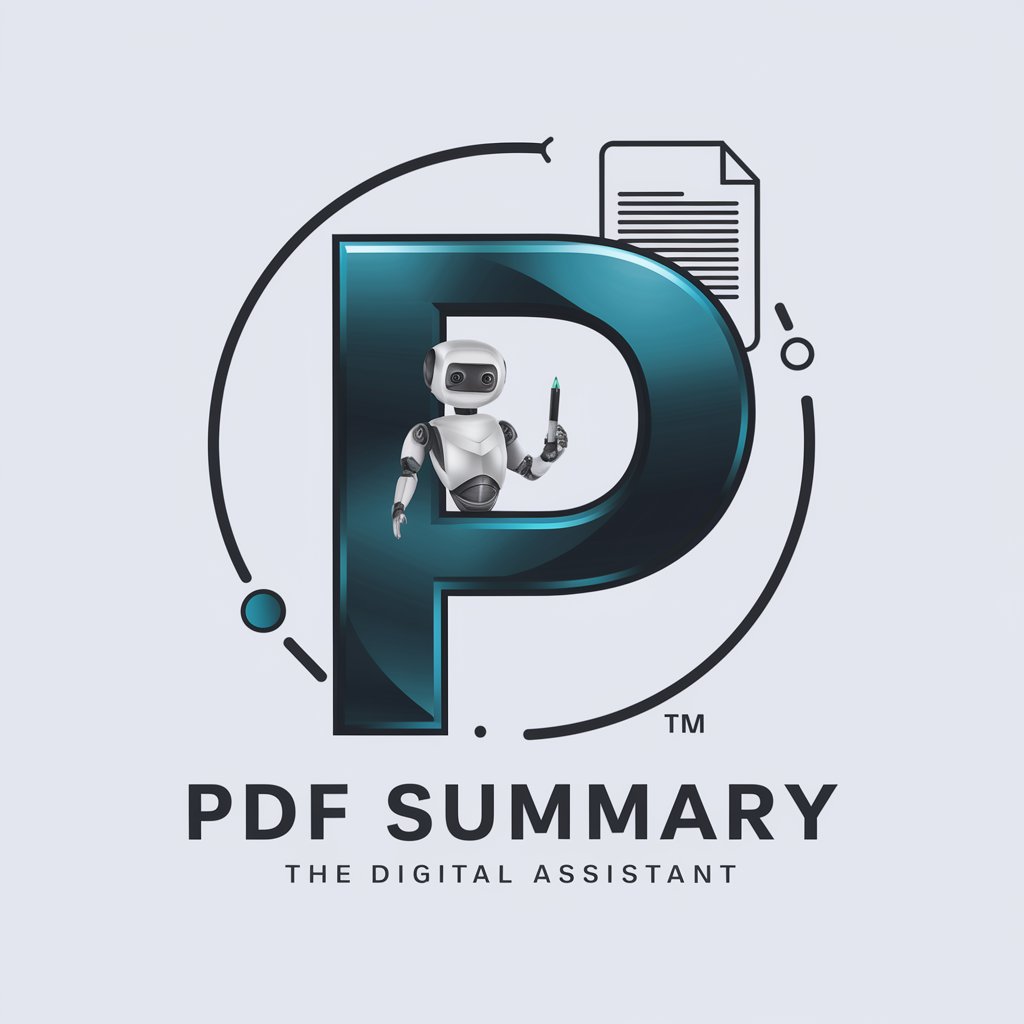
Bright Sketcher
Crafting Visuals for Easier Learning
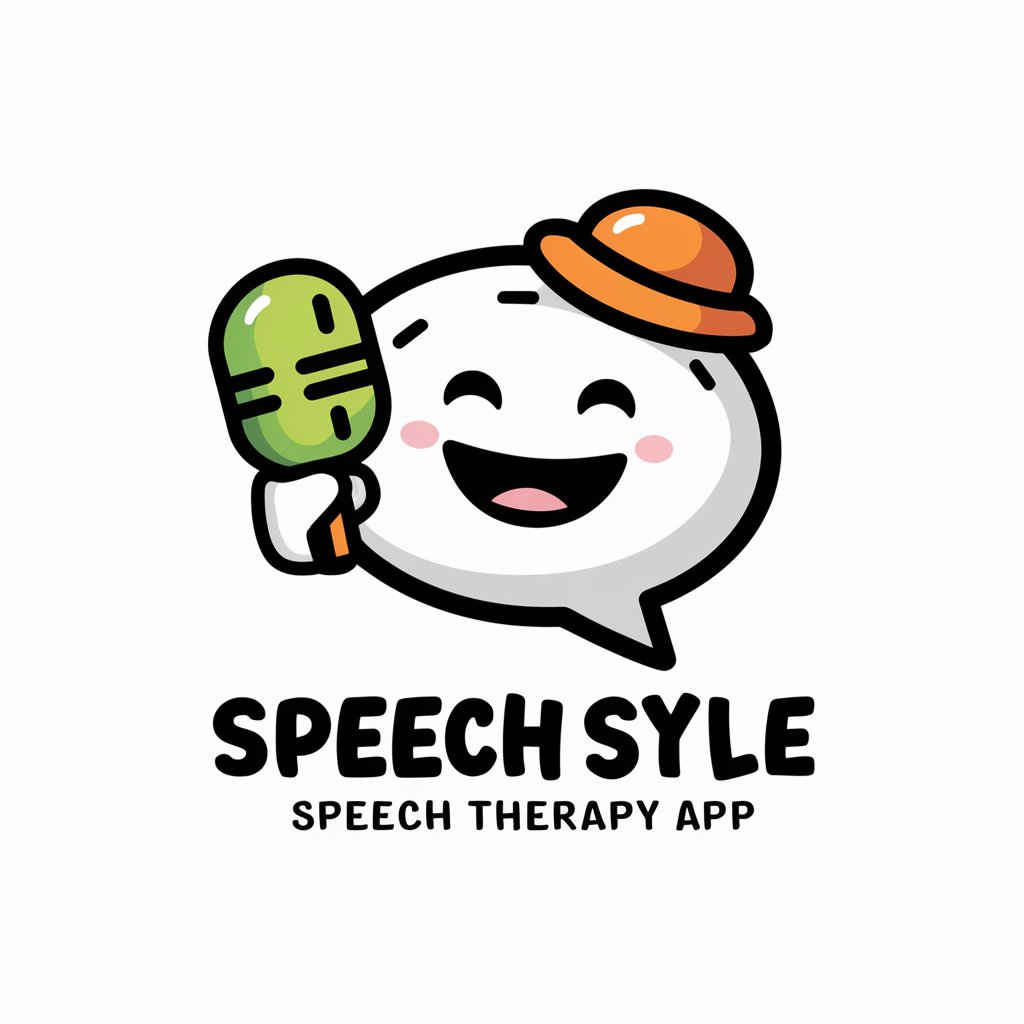
Suivi lemlist
Empower Your Cold Outreach with AI Insights

Rewrite Maker
Craft Clarity with AI

Java
AI-Powered Java Programming Assistant.

MJプロンプトメーカー
Unlock Your Creativity with AI-Powered Prompts

哄哄模拟器
AI-powered simulator for calming conflicts.

C
Empower your code with AI assistance

C HELPER
Enhance your C coding with AI.

Q&A about Generative Pretrained Transformer 5
What is Generative Pretrained Transformer 5?
Generative Pretrained Transformer 5, or GPT-5, is a state-of-the-art natural language processing model developed by OpenAI. It is designed to generate human-like text based on input prompts, making it highly versatile for various language-related tasks.
How does Generative Pretrained Transformer 5 work?
GPT-5 utilizes a transformer architecture, which processes input text in a hierarchical manner, capturing contextual dependencies and generating text based on learned patterns. It employs self-attention mechanisms to weigh the importance of different words in the input, enabling it to produce coherent and contextually relevant responses.
What are some common use cases for Generative Pretrained Transformer 5?
GPT-5 can be used for a wide range of applications, including text generation, content creation, question answering, chatbots, language translation, summarization, and more. Its flexibility and adaptability make it suitable for various industries and tasks.
How accurate are the responses generated by Generative Pretrained Transformer 5?
The accuracy of GPT-5's responses depends on several factors, including the quality of the input prompt, the specificity of the task, and the size of the model's training data. Generally, GPT-5 produces coherent and contextually relevant text, but it may occasionally generate inaccurate or nonsensical responses, especially with ambiguous or vague prompts.
Can Generative Pretrained Transformer 5 be fine-tuned for specific tasks?
Yes, GPT-5 can be fine-tuned on task-specific datasets to improve its performance on particular tasks or domains. Fine-tuning involves retraining the model on a smaller dataset relevant to the target task, allowing it to adapt its language generation capabilities to the specific context.

